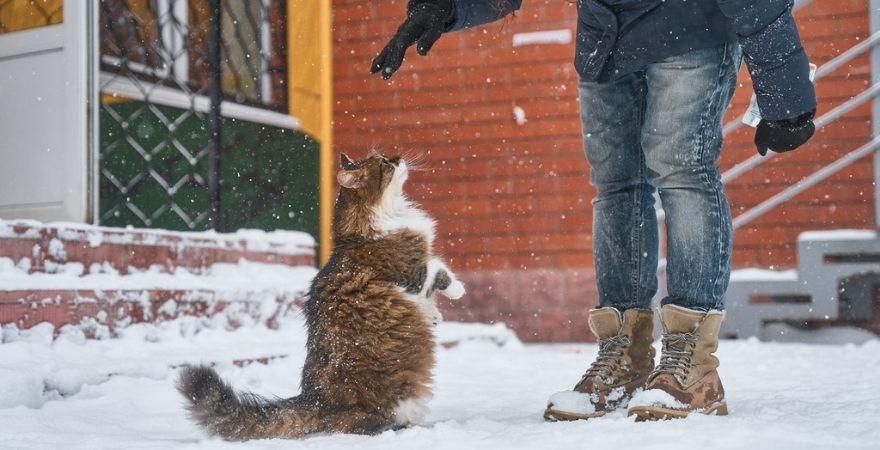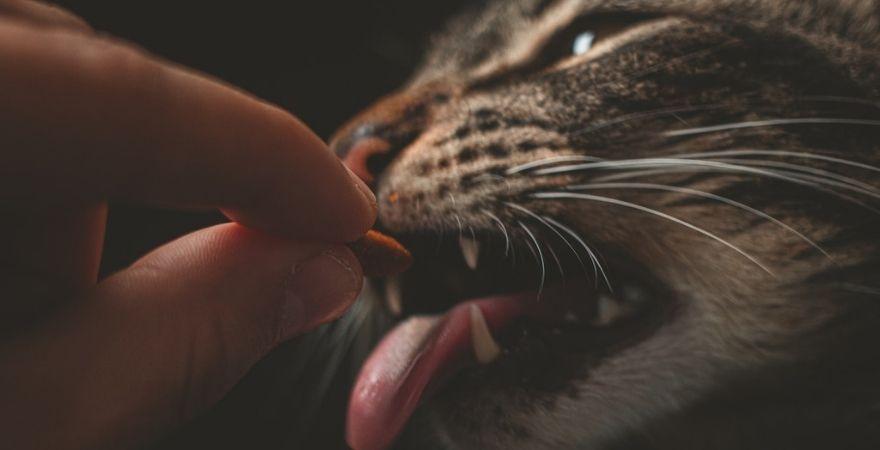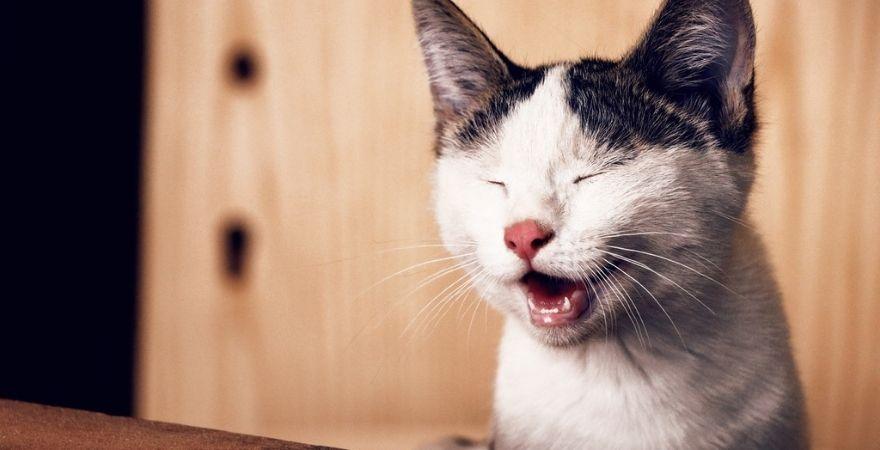When your furball has CKD, you slowly accept the fact that one day… they will have to cross the rainbow bridge. Despite treatments which allow cats diagnosed with CKD to live long happy lives for years to come, the condition is progressive. Meaning eventually... we have to say goodbye.
This understandably is easier said than done. A cat isn’t just a pet, it’s a member of the family. And as much as we’d love our fur balls to stay with us forever, there will reach a point where your kitty’s health has degraded so much, it is better to let her pass.
So this brings up the question: “How will I know when it is time to say goodbye to my cat?”
Again, there is no easy answer. But, there are a few things to look out for in your cat, to help you know when it is time to make this important decision.
1. Changes in your cat’s behaviour

Cats are very good at hiding aches, pains or illnesses. So a change in your cat’s behaviour could be a sign of a larger problem. Things to look out for include: becoming increasingly withdrawn, hiding, and no longer interacting with people and other animals in your home.
2. A loss of appetite
When we are not feeling well, food is normally the last thing on our minds and the same goes for you cat. If they are struggling to eat or have a complete lack of interest in food, this could be a sign of a bigger underlying problem. In this case, we suggest going to your vet.
3. Developed incontinence

Any changes in your cat’s toilet habits should be highlighted at their next vet’s appointment. These could include: signs of incontinence, your cat passing urine or faeces in different places around the home.
4. A lack of vocalisation

Depending on how chatty you cat usually is, you may notice that they no longer meow as much as they used to.
5. Visible pain in your cat
Although this can be difficult to identify, aggression and a glazed expression for long periods of time can mean your cat is suffering from pain and discomfort. It is also important to look out for other conditions including: vomiting, constipation and weight loss.
Any or all of these changes in your cat could be a sign that their CKD has progressed, in which case a consultation with your cat’s vet should be arranged to discuss your options.
If, you decide that euthanasia is the kindest option for your cat at this stage, it is natural to be feeling mixed emotions and have several questions about the procedure.

The procedure
The process take a few minutes and is completely painless for your cat. Involving an overdose of anaesthetic injected into your cat, they will only remain conscious for a matter of seconds. You will also have the option to have your cat put to sleep in your own home, if this feels more comfortable for both you and your cat.
Following the procedure, it is important to give yourself time to grieve. Losing your cat is the same as saying goodbye to any family member and you are likely to feel emotional during this traumatic time.
Both your cat’s vet and the veterinary team will be happy to talk to you and answer any of your questions, including options following euthanasia, including a burial at home or cremation.
Although it can be difficult, it is good to talk and share how you are feeling with your family and friends. They can offer you support during your grieving process. There are also charities offering pet bereavement support which your vet can recommend.
Choosing to say goodbye to your cat is a difficult choice and will take time to come to terms with. Speaking to your cats vet is the best thing you can do at this time to confirm if this is the best option.
Despite the pain you will be feeling, it is important to remember that at this stage, it is one of the kindest things you can do for your cat and by putting your cat to sleep you will not be prolonging the suffering they will be experiencing due to this progressive condition.




1 comment
I like your message about when it’s time to put your cat to sleep, especially about doing it at home rather than the vet’s office, which is not most kitties favorite place. Just a suggestion that if you can encourage people to stay with their pet during the injection instead of walking out of the room, (because they are emotional or whatever). Kitty would be so much more comforted to see you and feel your touch and hear your voice. Stay and love on them while they go over the rainbow bridge. Thanks